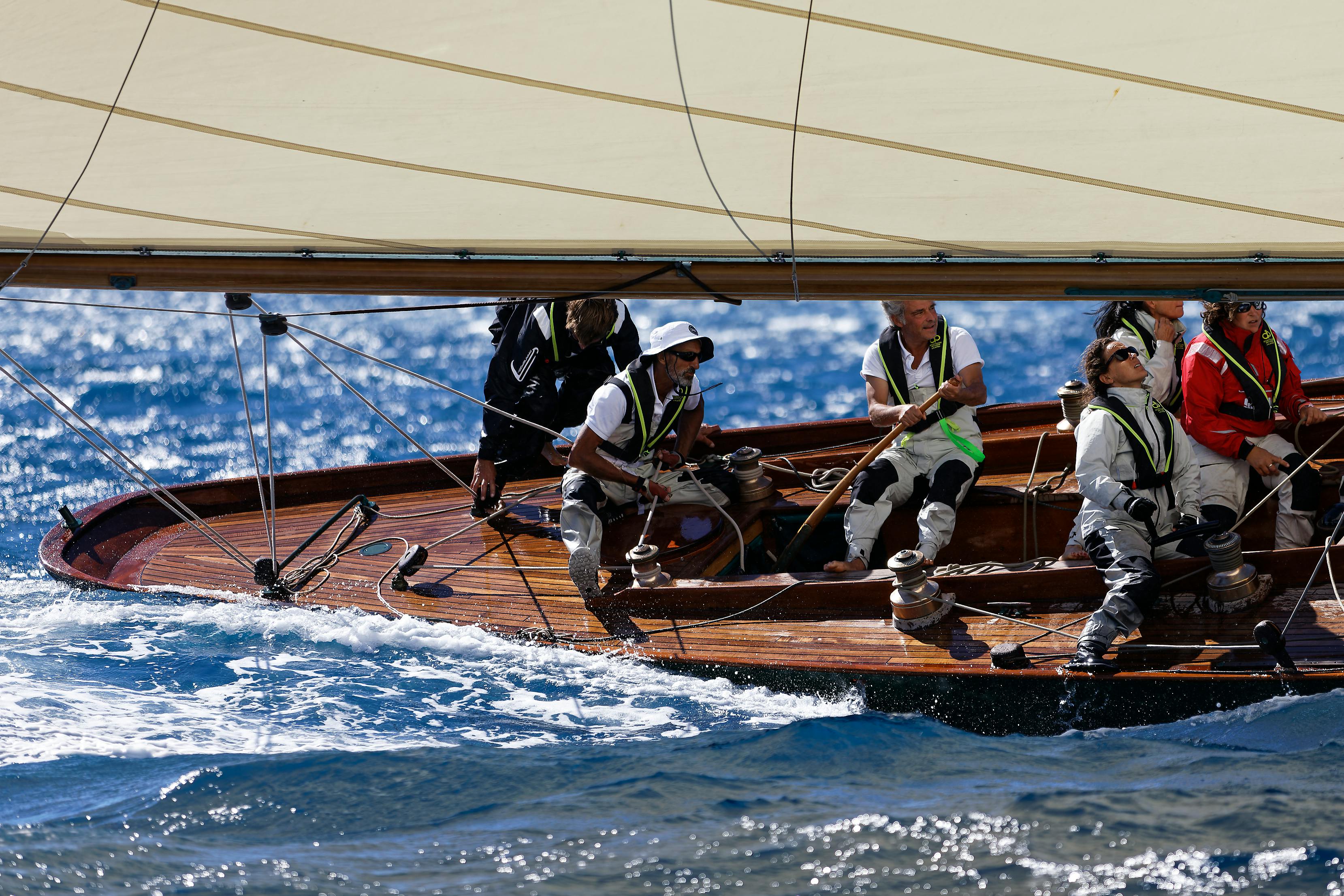EU countries are the most important participants in the international investment market of portfolio investments. Depending on the structure of the economy and investment strategy, they act as investors in countries around the world. But at the same time, they are also open to investments from other countries, especially in the manufacturing, trade and services sectors.
Since 2015, residents of more than half of the European countries have increased investments in other countries in the form of purchasing shares, securities, participation in investment funds that develop the economies of other countries.
Among the leaders in terms of both the volume of attracted portfolio investments in others and attracted investments are countries such as Denmark, France, Germany, Italy, Ireland, Hungary, Luxembourg, Sweden.
What does “Net international investment position” mean?
According to Eurostat, the international investment position (IIP) is an economy’s financial statement that shows the value of financial assets of residents of an economy that are claims on non-residents and the liabilities of residents of an economy to non-residents.
The difference between the assets and liabilities is the net position in the IIP. It represents either a net claim (positive) on or a net liability (negative) to the rest of the world. IIP is measured as a percentage of GDP or national currency.
The largest groups of financial assets are portfolio investments and direct investments. Portfolio investments involve the acquisition of securities, such as stocks and bonds, issued by companies, governments, and financial institutions, including central banks.
In fact, a positive net IIP of portfolio investments does not mean a more advantageous position compared to a negative one. Also, without analyzing the financial result for residents of the country, it is impossible to draw conclusions about the effectiveness of attracting investments and the associated growth of liabilities to non-residents, and it is also impossible to assess the effectiveness of owning assets in the form of portfolio investments in other countries.
At the same time, quantitative analysis of nominal indicators and their dynamics gives us the opportunity to assess activity and identify key trends influencing the strategies of portfolio investors building their strategies both in the market of state and commercial financial assets.

Our analysis showed that most countries with net negative IIP to the rest of the world (ROW - not related to the European Union) in 2015 have a smaller gap between assets and liabilities by the end of 2023 or even entered the zone where the country's investments in ROW exceeded the investments the country attracted from ROW.
For example, countries such as Ireland (+ 92 percentage points (pp)), Cyprus (+57.1 pp), Croatia (+56.2 pp) have significantly reduced the gap between assets and liabilities, the only country that increased its liabilities in 2023 compared to 2015 was Greece (-4 pp).
It is interesting that residents of a number of countries have significantly changed their investment strategy and, based on the results of the period 2015-2023, began to own more assets in ROW than have liabilities to countries outside the European Union, for example, Lithuania (+45.1 pp) in 2023 has a positive IIP positive (1.3% of GDP), Sweden (+38.2 pp) in 20223 (33.2% of GDP), Slovenia (+34.2 pp) in 20223 (3.7% of GDP) and Italy (+26.5 pp) in 2023 (7% of GDP).
Although countries that already had a positive net position in IIP in 2015 increased the gap between assets and liabilities, for example in Sweden (+38.2 pp of GDP), Germany (+35.3 pp), Malta (+35.3 pp). The only exception was Luxembourg, where the net investment position decreased by (-34.4 pp), but still remained in the positive zone (33.8% of GDP).
If we analyze IIP in 2023 in terms of national currency, we can see that the TOP 10 in terms of liabilities exceeding assets are led by the largest economies and countries belonging to the Emerging market and developing economies:

At the same time, the list of EU member countries with a positive net IIP in 2023 is led by Germany by a huge margin (€2,900,1 bn), which generally indicates significant characteristics in the investment policy of the country's residents. Norway and Switzerland, both EU single market, have the closest positive net IIP to Germany in 2023 (€1,359.7 bn million and €813.4 bn, respectively).
It is also worth noting that the TOP 10 in terms of assets exceeding liabilities includes countries that have historically been European financial and trade centres.

Based on the available data for the first quarter of 2024, the emerging trend has continued, with most countries with a negative investment position further reducing it. For example, the Czech Republic (+27.7 pp), Ireland (+11.9 pp), and Estonia (+9.9 pp) narrowed the liabilities-to-assets gap the most. Among the countries with a positive investment position, half continued to widen their assets-to-liabilities gap. Finland, Austria, and Sweden saw the largest increases in their positive investment position in the first quarter of 2024 (+71.3 pp, +33.6 pp, and +31.9 pp, respectively). Germany, Norway, and Switzerland also continued to increase their assets-to-liabilities ratio (+6.2 pp, +9.2 pp, and +12.6 pp, respectively).
Investment strategies in portfolio investment vary across different countries.
Portfolio investment is one of the largest components of the balance of payments (BOP) within the financial account. This indicator includes investments in securities issued and purchased by the commercial sector, public sector, and central banks of various countries.
It is interesting to note that residents of different countries choose varying portfolio strategies. In the first quarter of 2024, data from European Union countries show both a group with a negative net position in portfolio investments—where residents' liabilities exceed their assets abroad—and a group with a positive investment position.

Moreover, when comparing data by country from the first quarter of 2015 to the first quarter of 2024, it can be concluded that most countries increased their investments in securities of countries outside the European Union.
A number of countries have significantly changed their portfolio strategy, shifting from a negative to a positive net portfolio investment position. These include Sweden, Germany, Italy, Portugal, Croatia, Lithuania, and Slovenia. Interestingly, another equally large group has either maintained or further increased their negative net position. This group includes Denmark, France, Hungary, Ireland, Luxembourg, the Netherlands, and Romania.
However, it is crucial to understand how this shift occurred. Analysing the ratio of assets to liabilities, as well as their structure over time, is essential.
Most countries with a net surplus in Portfolio investments have been actively increasing their investments in equity of residents of other countries outside the European Union over the period 2015-2023.
At the same time, the following countries increased their assets the most compared to liabilities to non-residents in the equity category: Sweden, Germany, Italy, Belgium, Estonia, Slovenia, Bulgaria, Slovakia, Croatia, Lithuania and Latvia. The growth of investments in shares of residents of other countries in Belgium, Slovakia, Croatia and Latvia occurred against the backdrop of a decrease in liabilities to non-residents owning equities of these countries.
Portfolio investment structure and trends for countries with positive net portfolio investments (as for 2024Q1)
Between 2015 to 2023 European countries with a positive net portfolio investment position attracted funds in equities from non-residents to a greater extent than invested in equities of residents of other countries (ROW). Among them were Finland, Greece, Cyprus and Portugal. Separately, we can highlight the trend in Malta, which in nominal terms reduced both assets and liabilities in this category of portfolio investments.

The vast majority of countries with a positive net position in Portfolio Investments increased their investments in assets of other countries in the form of investment fund financing through the acquisition of shares/units by more than their obligations in this category. The only exceptions are Malta, which attracted more financial resources, and Greece, where there was a decrease in resident assets in this category.
Interestingly, the growth of assets occurred mainly against the backdrop of a restrained growth of liabilities to non-residents. The only exception is Germany, where there was a decrease in the nominal volume of liabilities to non-residents.

In the third category of portfolio investments related to debt securities, it can be noted that, as in the first two categories of portfolio financial assets, most countries followed a strategy of increasing their investments in securities of residents of other countries compared to increasing liabilities to non-residents or even reducing them in nominal volume.
The only exceptions are Sweden and Belgium, which increased their liabilities to a greater extent, Malta and Finland, which increased liabilities against the backdrop of a decrease in the volume of assets in other countries, and Latvia, where a balanced, equal growth in both assets and liabilities was observed.

Portfolio investment structure and trends for countries with negative net portfolio investments (as for 2024Q1)
As for countries with negative IIP on the financial account, portfolio investment has a more diversified investment strategy.
In terms of portfolio investment categories related to the equity category, it can be noted that a number of countries with negative net portfolio investments (for example, Denmark, Ireland, Hungary and Luxembourg) significantly exceed the group of countries with positive net portfolio investments in terms of nominal asset volume. At the same time, Denmark and Hungary also have a significantly larger volume of liabilities. This may indicate active attraction of investments in portfolio assets owned by residents of the country from non-residents. In general, it can be said that the number of countries in which the increase in assets occurred in a larger volume than the increase in liabilities is approximately equal to the number of countries where a different investment strategy was implemented.

As for such a form of portfolio investment as investment in an investment fund in shares/units, it can be stated that most countries with negative net portfolio investments have increased their assets in other countries. The only exceptions are Ireland and Luxembourg - apparently non-residents of the country actively use the instrument of buying shares or creating funds in these countries, Poland - residents of this country conduct a balanced policy and increase both assets and liabilities.

In terms of the dynamics of such an indicator as portfolio investments with debt securities, two groups of countries can be distinguished: the first group of countries increased assets more than liabilities - Ireland, Luxembourg, Spain, Denmark and Poland, and the countries included in the second group adhere to the opposite investment strategy and for the period 2015-2023 increased their liabilities to non-residents to a greater extent than assets on this financial account. The group includes such countries as Hungary, France, the Netherlands, Romania, Austria and the Czech Republic.

Non-financial corporations and portfolio investments
When analysing IIP in the portfolio investment category, it is important to highlight key features of investment policy within the Non-financial corporations. The data show that in the overwhelming majority of countries, non-financial corporations make a significant contribution to the negative net position, which means that enterprises actively attract investments from other countries (primarily in form of equities or long term debt securities).

In the next review we will talk in detail about direct investments as part of the international investment position.
Dear colleagues, when using the materials of the article, please refer to the source CDP center.









